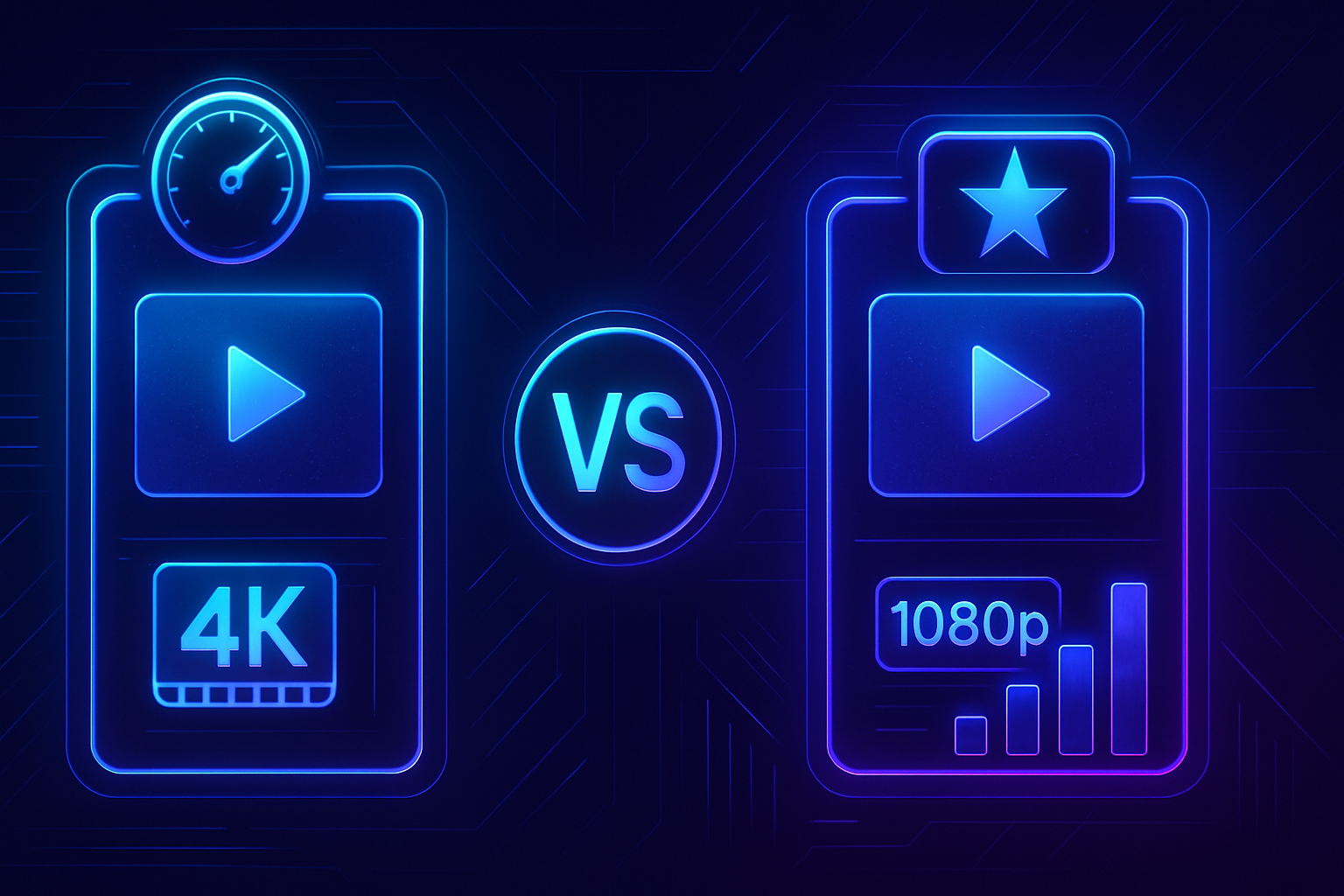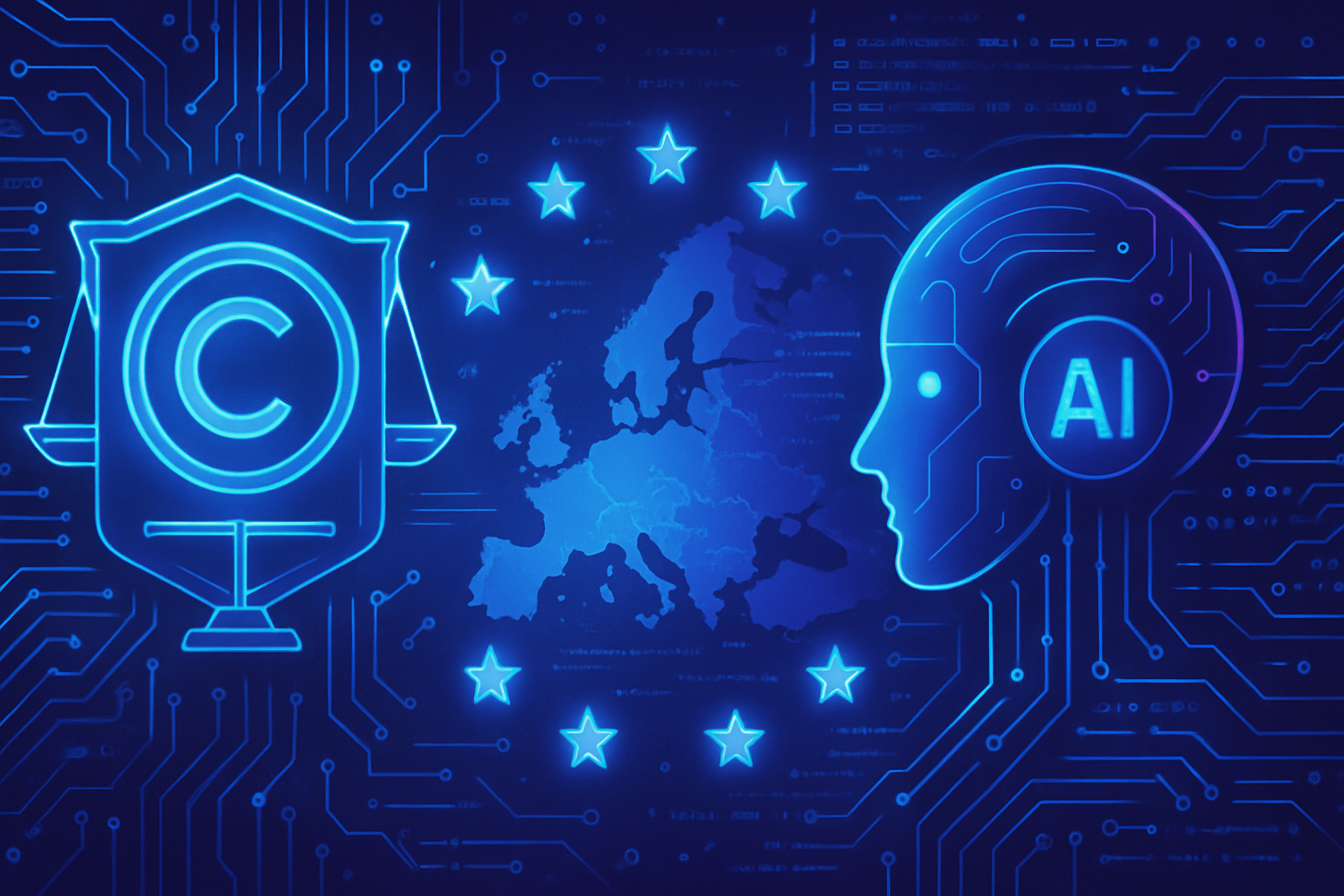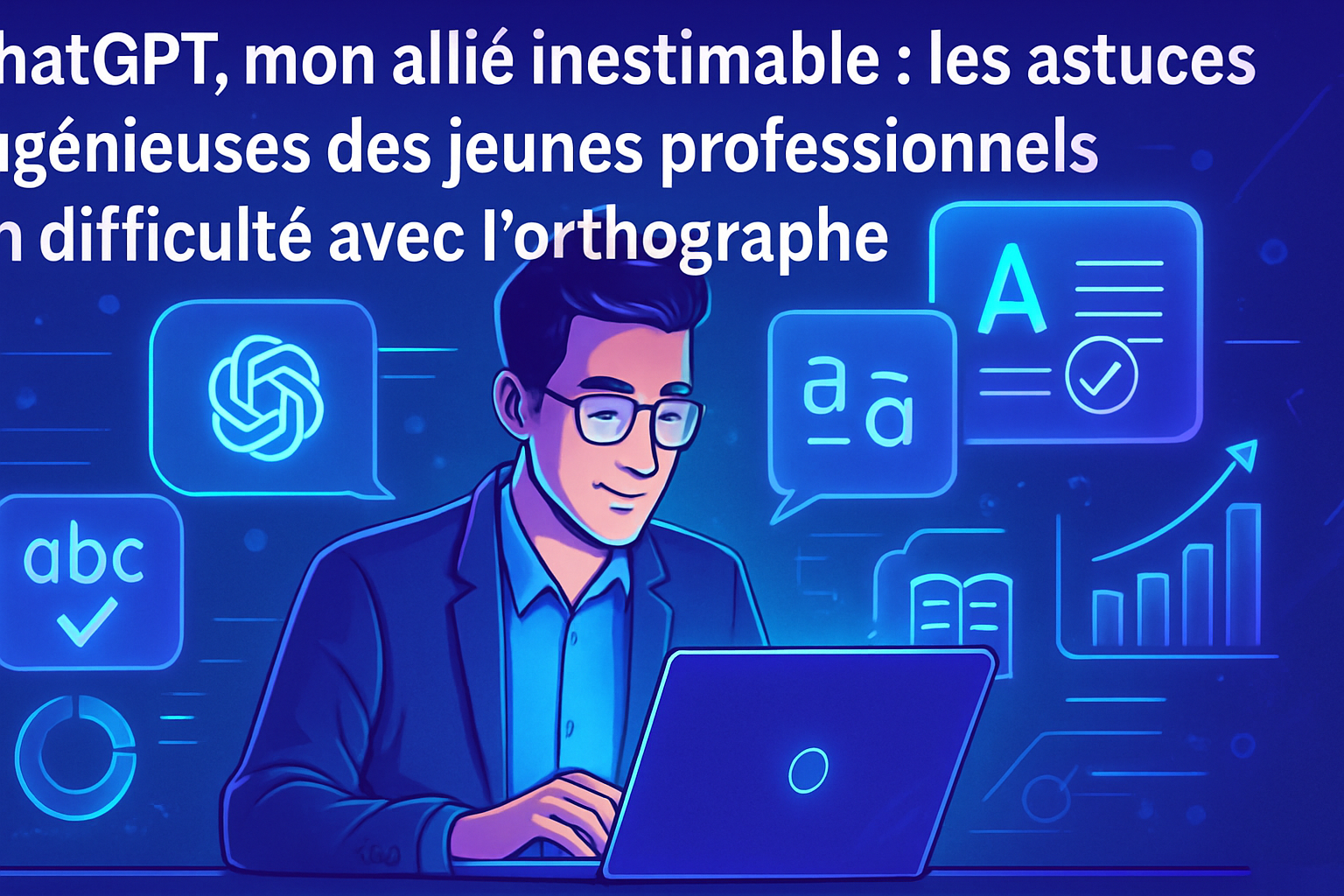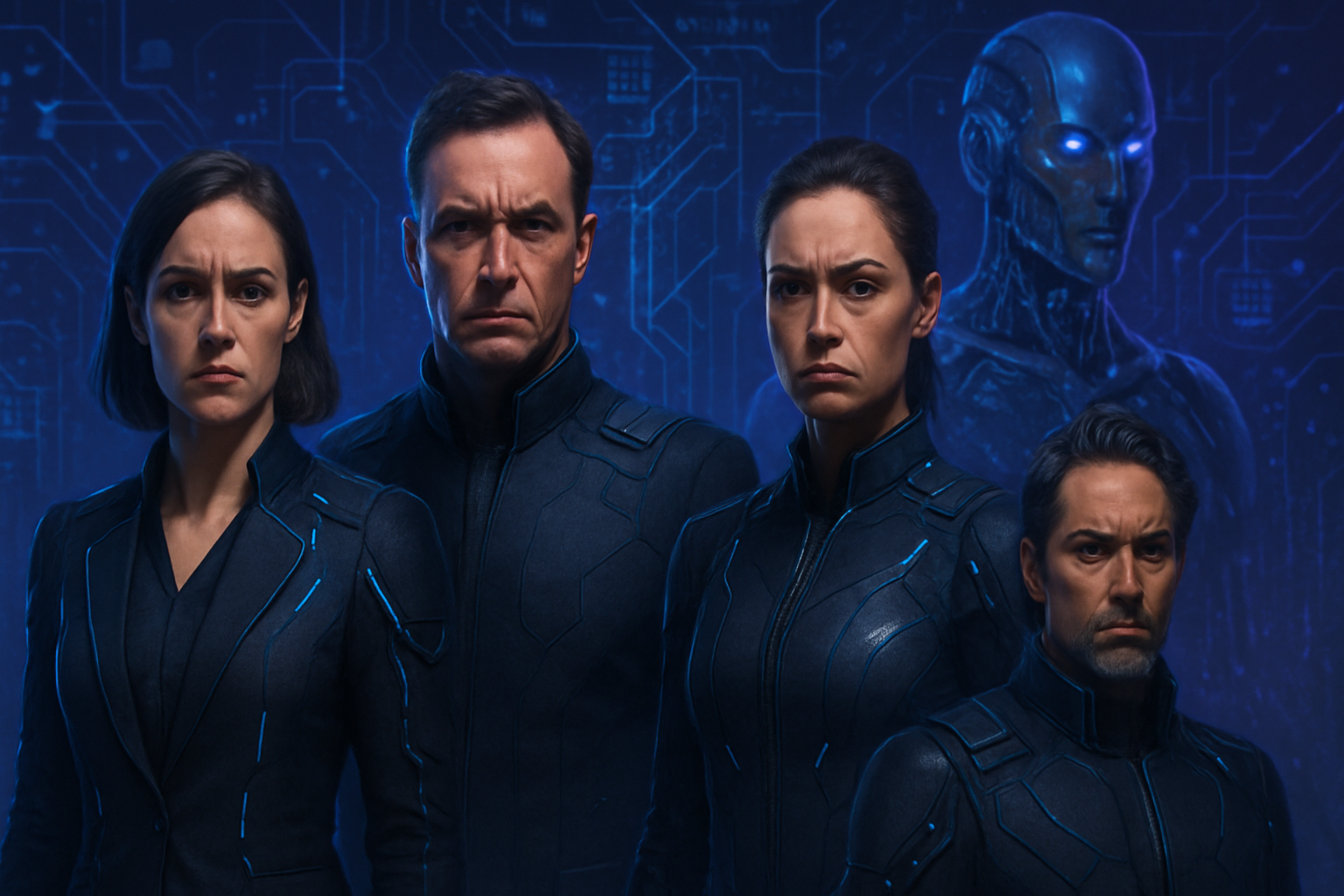The era of the video generation is marked by breathtaking innovations that redefine content creation. Veo 3 from Google and Sora from OpenAI are competing in a battle of technological and aesthetic excellence. The choice between these two models requires careful analysis, as each solution offers distinctive features and varied performance, tailored to diverse creative needs.
The 4K resolution of Veo 3 confronts the visual elegance of Sora in 1080p, creating a dilemma for professionals. The audio generation capability of Veo 3 represents an undeniable asset, while Sora focuses on a more artistic approach. The stakes crystallize around the quality of the generated videos, directly affecting the viewer’s experience.
Technical comparison between Veo 3 and Sora
The fight for supremacy in the field of video generation is strengthened by the emergence of Veo 3, developed by Google, and Sora, offered by OpenAI. The two models distinguish themselves on several fundamental technical points, announcing advantages and disadvantages for each solution.
Video resolution and duration
Veo 3 stands out with its ability to generate videos in 4K, while Sora is limited to a resolution of 1080p. This superiority in resolution allows Veo 3 to produce a visual rendering of unprecedented quality. In terms of duration, Veo 3 permits generation of 8 seconds in 4K, and more than 2 minutes in HD. Sora, on the other hand, can only produce videos with a maximum duration of 20 seconds.
Audio integration
The capability of Veo 3 to generate native audio is a major asset. This model allows for the creation of complete videos with synchronized sound, infusing each creation with an audio dimension. In contrast, Sora does not generate audio, leaving creators to manage post-production to add a sound track.
Distinct pricing strategies
The business model adopted by Google for Veo 3 is characterized by high pricing. The AI Pro plan offers Veo 3 starting at €20/month, limiting access to 1080p and without audio. To benefit from the full power of the model in 4K with audio, one must subscribe to the AI Ultra plan, costing €250/month. Sora, for its part, presents a more accessible option with ChatGPT Plus, at €20/month for 50 videos, or €200/month for unlimited usage.
API availability
Google provides an official API via Vertex AI, facilitating the integration of Veo 3 into various applications. This service is offered at €0.75 per second for each video with audio. Conversely, OpenAI has not yet developed an API for Sora, which restricts its accessibility for developers and businesses.
Analysis of generated videos
A rigorous evaluation of the videos produced by both models reveals significant differences. Each model has been tested with complex prompts aimed at examining their fidelity to the initial stimulus as well as their physical coherence.
Testing creativity with complex scenarios
When the request is to create a scene of an astronaut riding a horse in the desert, Sora produces a graphically stylized video but suffers from physical inconsistencies, such as the appearance of an unnecessary rider. In contrast, Veo 3 provides a representation that conforms to the prompt and offers captivating realism.
In another test, capturing a drop of water falling into a glass revealed Sora’s weakness in handling the laws of physics. The drop seems suspended, and the liquid does not adhere to the characteristics of water. Veo 3, in turn, delivers a realistic video but presents some imperfections in focus and fidelity to the prompt.
Dynamic scenes and narrative complexity
A more complex scenario, involving a man in a kitchen with a cat, exacerbated Sora’s flaws. The model fails to generate the first scene, and the cat moves inconsistently through walls. Veo 3, despite having a single image in the first sequence, maintains some coherence in the storytelling.
Conclusion on the capabilities of the models
Veo 3 emerges as the most effective solution in terms of realism and narrative coherence, leveraging an understanding relevant to the laws of physics. Professionals seeking high-quality video production will find Veo 3 a favored choice. Sora’s proposal, with its refined aesthetics, remains appealing for creations focused on visual impact but may disappoint in projects requiring rigorous realism.
The stakes surrounding these video generation models resonate within a broader debate on the future of artificial intelligence tools, whose performance is scrutinized by an ever-growing number of stakeholders. Discussions on the impact of advanced technologies in various sectors are intensifying, stimulating reflections on reducing the carbon footprint of these innovations.
Frequently asked questions about the comparison between Veo 3 and Sora
What is the main difference in terms of resolution between Veo 3 and Sora?
Veo 3 offers videos in 4K resolution, while Sora is limited to a resolution of 1080p.
Audio combo: Does Veo 3 generate videos with integrated audio?
Yes, Veo 3 integrates audio generation, allowing for the creation of complete videos, whereas Sora does not offer audio generation.
What is the monthly subscription cost to access the Veo 3 and Sora models?
The subscription for Veo 3 starts at €20/month, while Sora requires a subscription of €20/month for ChatGPT Plus, allowing for up to 50 generated videos.
How do the two models compare in terms of maximum video generation duration?
Veo 3 can generate videos of 8 seconds in 4K and up to 2 minutes in 1080p, while Sora can produce videos with a maximum duration of 20 seconds.
Does Veo 3 use an API for developers?
Yes, Veo 3 offers an API via Vertex AI, allowing developers to integrate it into their applications, while Sora does not have such an API.
What are the aesthetic strengths of each video generation model?
Veo 3 focuses on realism and physical coherence, while Sora stands out with a carefully stylized aesthetic that may appeal to more artistic creations.
How do the models compare in terms of physical coherence of the generated videos?
Veo 3 generally offers better physical and narrative coherence than Sora, which may encounter inconsistencies in certain complex prompts.
Can Veo 3 and Sora handle complex prompts?
Veo 3 excels at managing complex prompts, while Sora may encounter difficulties, resulting in inconsistencies in the generated video.
Can I expect similar quality results between Veo 3 and Sora for all types of scenarios?
Not necessarily. Veo 3 is generally more reliable for realistic scenarios, while Sora may be better suited for aesthetic and stylized creations.






